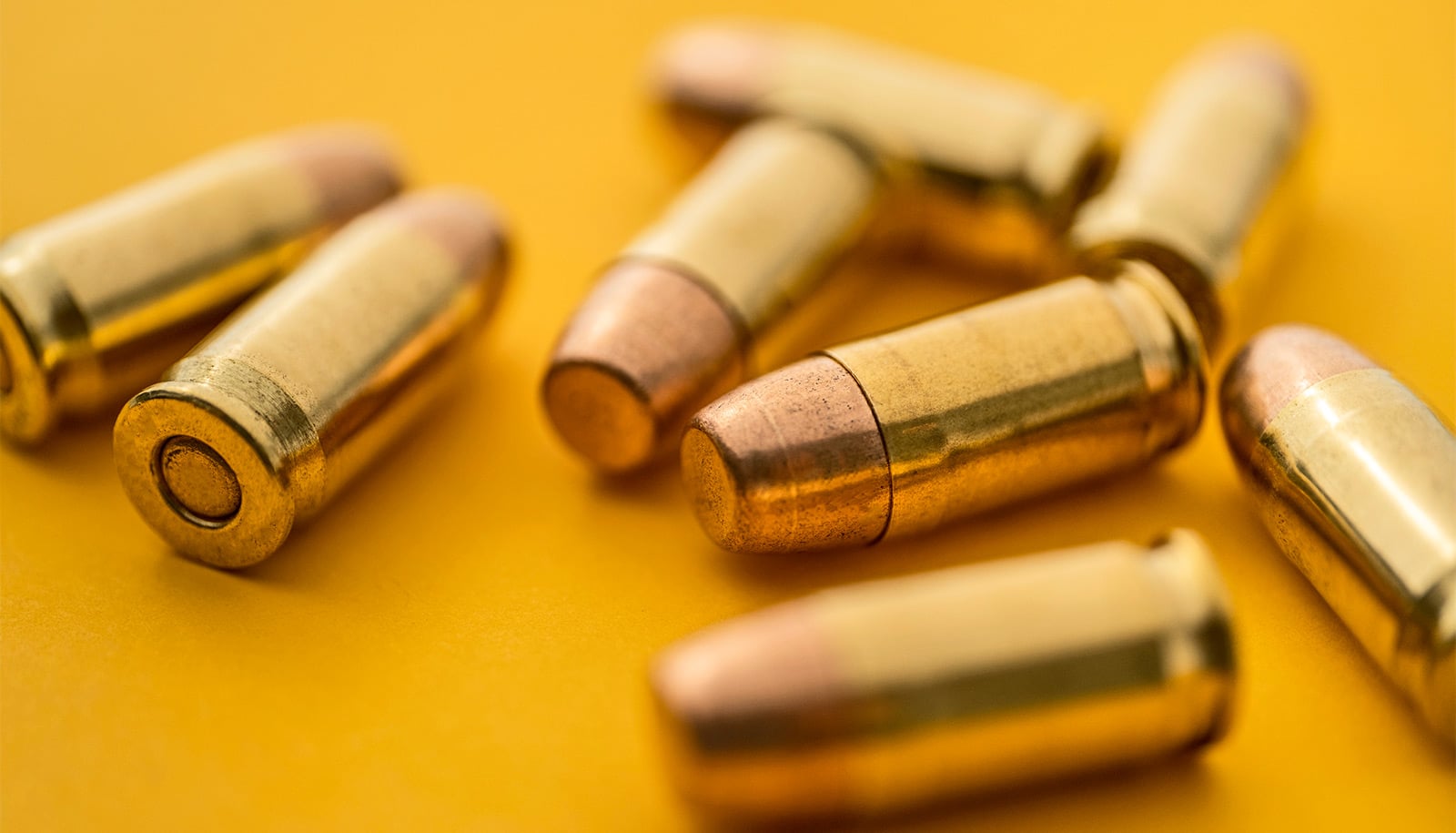Sindoor, a cosmetic powder used in Hindu religious and cultural ceremonies and available for sale in the US, has unsafe levels of lead, research finds.
Researchers report that 83 percent of the samples collected from the US in New Jersey and 78 percent collected from India had at least 1.0 microgram of lead per gram of cosmetic powder.
“We should be screening children from the South Asian community…before we discover more dead brain cells.”
Meanwhile, 19 percent of the samples collected in New Jersey and 43 percent of the samples collected from India exceeded the 20 microgram of lead per gram of cosmetic powder limit imposed by the US Food and Drug Administration.
“There is no safe level of lead,” says Derek Shendell, associate professor of Environmental and Occupational Health in the Rutgers University School of Public Health and coauthor of the study. “That’s why we believe sindoor powder shouldn’t be sold or brought into the United States unless it is lead-free.”
Lead is a highly toxic poison associated with lower IQ, behavioral problems, and growth delays in children who often are exposed hand to mouth. At least 4 million households in the United States have children living in them who are being exposed to high levels of lead, according to the US Centers for Disease Control and Prevention, which says no safe blood level of lead has been identified.
In a study, published in the American Journal of Public Health, researchers tested 118 samples of sindoor, a scarlet-colored powder women use to place a bindi, or red dot, on their foreheads. Married women also put it in their hair. Men and children also use it for religious purposes.
The results indicated about one-third of the samples, which include 95 from South Asian stores in New Jersey and 23 from stores in Mumbai and New Delhi, India, contained lead levels above the limit set by the US Food and Drug Administration.
Although the FDA has banned other cosmetics such as kajal and tiro, eye products used in India and Nigeria, because of elevated lead content, the FDA only issued a general warning about sindoor after testing by the Illinois Department of Health a decade ago discovered a high lead content in one brand.
Shendell, and coauthors Manthan P. Shah, a scientist with the US Environmental Protection Agency who based his dissertation on the study, and William Halperin, professor of epidemiology at the School of Public Health, say at a minimum there is a need to monitor sindoor lead levels and make the public aware of the potential hazards.
“We screen kids who live in houses built prior to 1978 with lead-based paint,” says Halperin. “We should be screening children from the South Asian community to make sure they do not have elevated levels of lead in their blood, before we discover more dead brain cells.”
If this test turns to gel, there’s lead in the paint
The researchers are concerned about the amount of sindoor potentially entering the country on a weekly basis through the four international airports in the New York and New Jersey metropolitan area, including Philadelphia. Halperin says he took a trip to India, brought back sindoor, but US Customs did not stop him to tell him that the product might be hazardous.
Researchers say the government should look at this as a public health issue and not rely on consumers to make the right choices. It is difficult, they say, to determine exactly which products contain lead based on the variety of sindoor available and because the number of products that contained lead in this study is high.
“We shouldn’t depend on people making the right decision on what product to use,” says Halperin. “This is a public health issue that needs to be taken seriously.”
Source: Rutgers University



